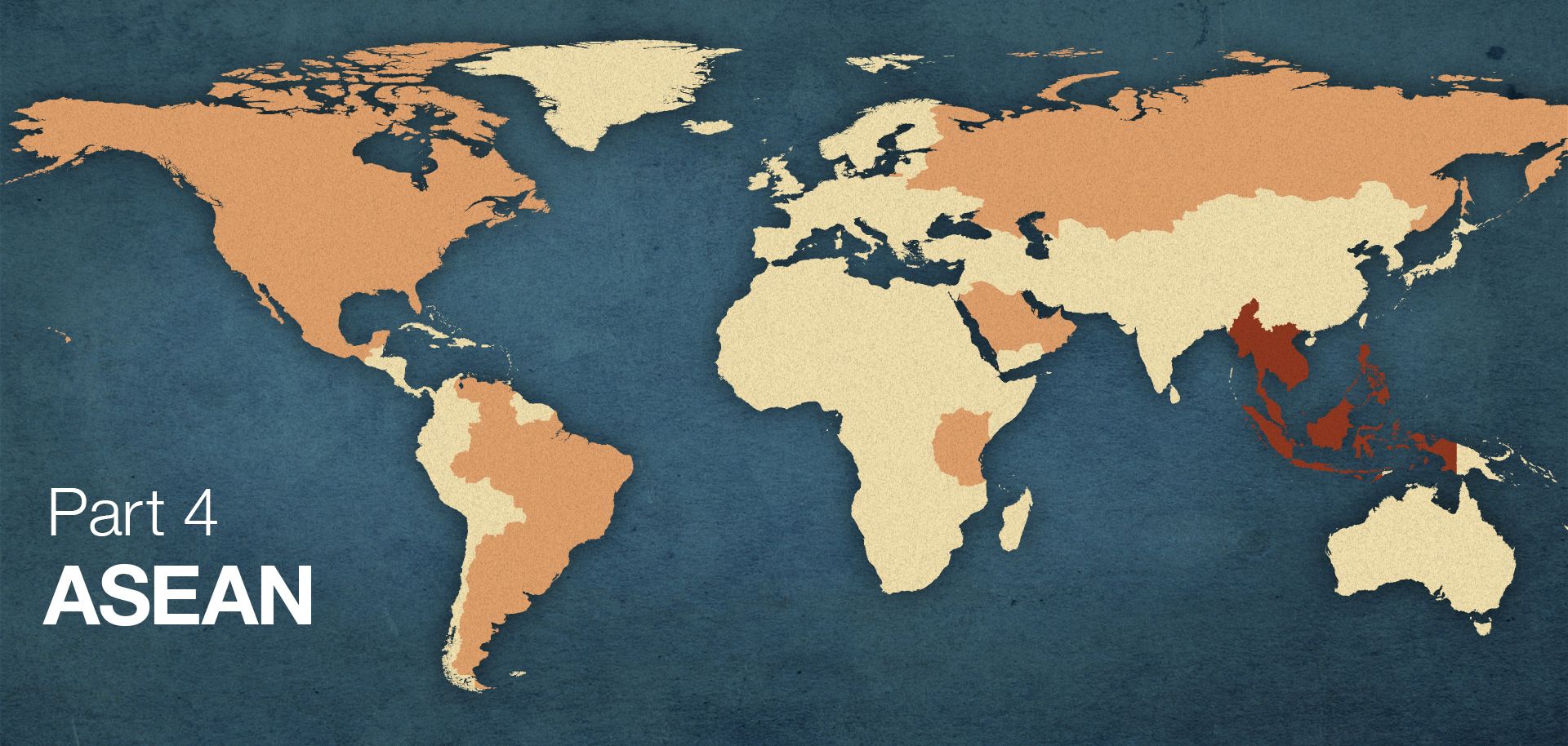ASSESSMENTS
ASEAN: The Limits of Consensus
Sep 15, 2016 | 08:00 GMT

(Stratfor)
Summary
Editor's Note: This is the fourth installment of a seven-part series examining how the world's regional economic blocs are faring as the largest of them — the European Union — continues to fragment.
The Association of Southeast Asian Nations (ASEAN), home to some 635 million people and a collective gross domestic product of nearly $2.6 trillion, is one of the largest economic blocs in the developing world. Its importance in the global economy will likely only grow in the coming decades as economic, military and political might shifts from Europe to the Asia-Pacific region.
Much of that power, however, will be concentrated among the bloc's neighbors — namely, China, Japan and India — whose economies dwarf ASEAN states' in both size and scope. They, and external powers such as the United States, will jockey for influence in Southeast Asia, creating a competition that could drive ASEAN members closer together in search of mutual protection. Yet the same contest may also aggravate the differences that have historically prevented the bloc from fully unifying. As the "all or none" mantra upon which ASEAN was founded becomes increasingly difficult to follow, the bloc's path toward deeper integration will remain as slow and incremental as it has been for the past half-century.
Subscribe Now
SubscribeAlready have an account?
